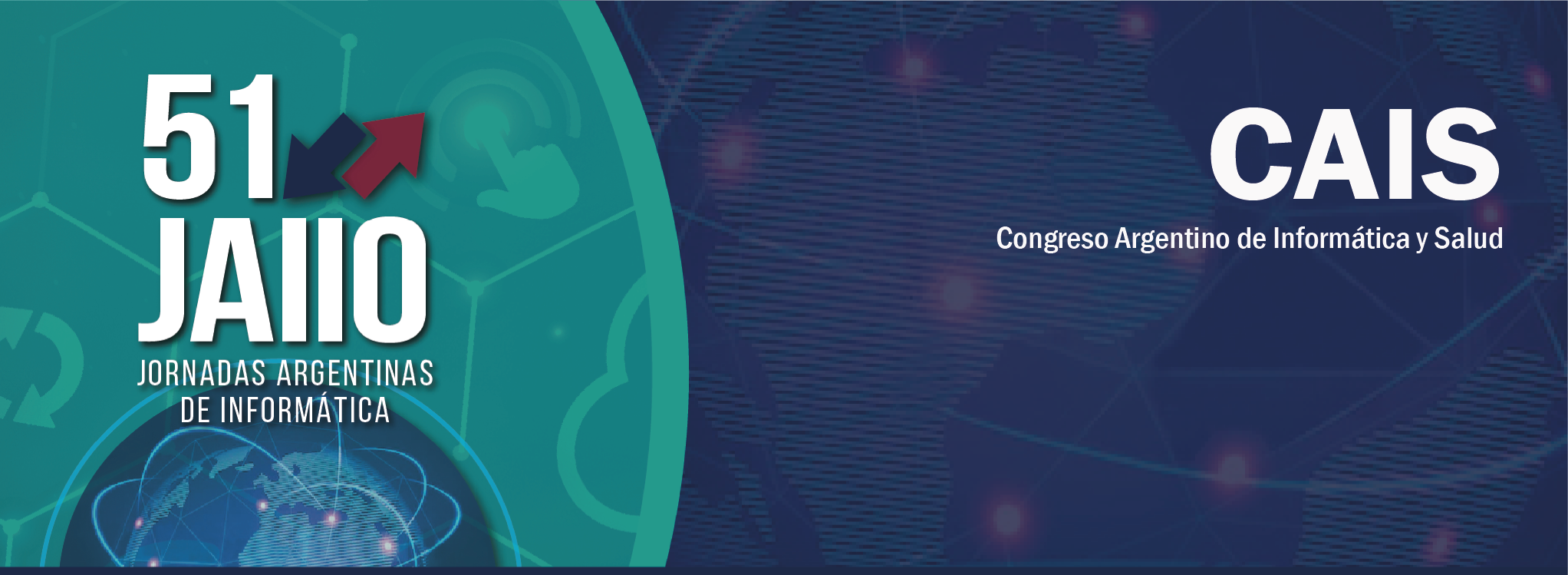Computer aided prediction of sepsis-related mortality risk in neonatal intensive care units.
Resumen
Nowadays, sepsis is considered a global burden disease with an
annual incidence of three million neonatal cases. Nevertheless, there are no homogeneous criteria for neonatal sepsis. Furthermore, adult sepsis scores don’t work properly in neonatal Intensive Care Units (ICUs) settings due to the specific characteristics of the neonates' immune systems. This work describes and surveys a machine-learning computer-aided diagnosis approach for predicting sepsis mortality in neonatal ICUs. The survey is based on a retrospective cohort study in which each patient has an initial sepsis-related diagnosis in the first 24h after ICU admission. Our experiments are based on four different machine-learning techniques: decision trees, random forests, support vector machines and artificial neural networks. The predictive power was assessed using accuracy, sensitivity, and specificity. The importance of the variables was obtained automatically through data science techniques using R. The approach with the best performance was the random forest, which achieves an accuracy of 97% in the prediction of mortality.




